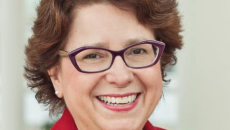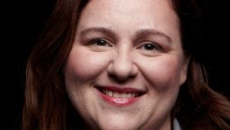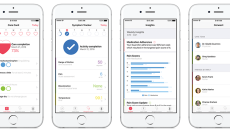Blog
Picture this.
At the start of 2016, the current installed base of wearable activity tracking devices was just over 33 million in the U.S.
Despite the ever increasing pace at which the healthcare industry—and HIM—is moving forward, through information governance (IG) pilot programs, we also see leaders making time to envision a future with IG playing a central role.
The first three months of my interim CIO engagement at University Hospitals has flown by.
My mother had to go to work to support four children after my father died from cancer. I was active in the women’s movement in my college years. So, I can’t imagine women not having a career outside the home if they so choose or if they have to support themselves and their families.
Starting in 2019, Centers for Medicare & Medicaid Services, will change how they pay physicians in a profound way. Unfortunately, the details are complicated and confusing, and many of the particulars have yet to be worked out, which has led many healthcare leaders to glaze over the details and focus on more immediate concerns.
Cinderblocks 3: The Partnership with Patients Continues is an art and medical conference that will be held in Grantsville, MD at Penn Alps Resturant and Little Crossings by The Cornucopia Café May 19-21, 2016.
"We believe that mobile devices such as iPhones will become the predominant means by which patients interact with BIDMC," says Beth Israel Deaconess Medical Center CIO John Halamka, MD. "Your phone will be the repository of your medical record."
(SPONSORED) As IT struggles to get out in front of enterprise security risks, mobile devices are adding another wrinkle to defense plans as they become an increasingly active attack vector.
Editor's note: This is the third piece in Dr.









